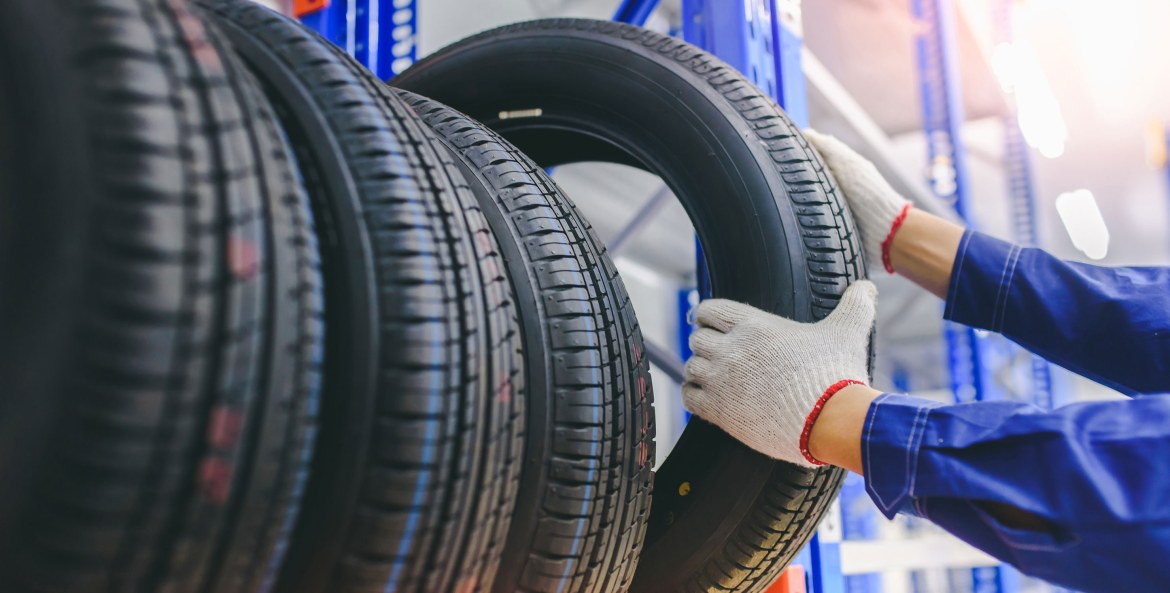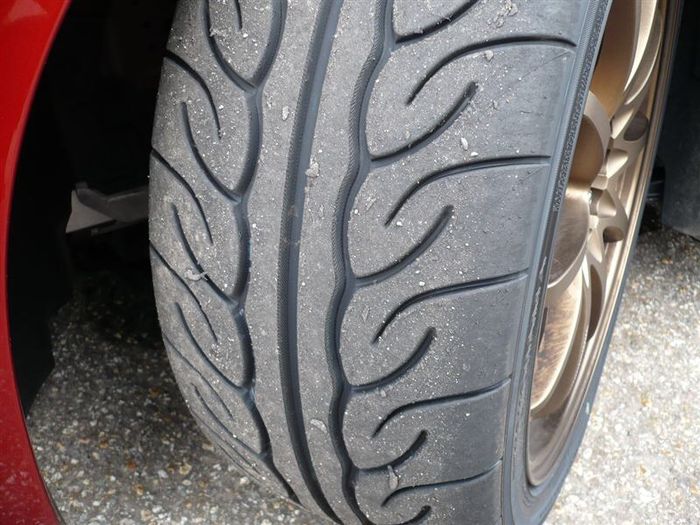All Categories
Featured
Table of Contents
The Michelin used a comfortable driving experience, characterised by receptive guiding and a modern understeer balance. Regardless of the cooler testing conditions, Michelin's constant time and grip over 3 laps shows its viability for real-world applications.
The tire's first lap was a 2nd slower than the second, directing to a temperature-related grasp increase. For day-to-day usage, the Michelin may be a much safer bet.
Leading Tyre Safety Checks Near Me
It shared Michelin's secure understeer equilibrium but did not have the latter's determination to transform. Continental and Goodyear's performances were significant, with Continental's new PremiumContact 7 showing a significant enhancement in damp conditions compared to its predecessor, the PC6. This version was far much less conscious load adjustments and acted much like the Michelin, albeit with somewhat much less interaction at the restriction.
It incorporated the secure understeer balance of the Michelin and Continental with some flashy handling, showing both predictable and quick. As an all-rounder for this Golf GTI, Goodyear's Uneven array was the standout, showing impressive performance in the damp. The Bridgestone Potenza Sport took the crown as the fastest tyre, albeit by a small margin.
This tire got grippier as it heated up, comparable to the Yokohama. Chauffeurs looking for an interesting wet drive may discover this tire worth thinking about. The standout entertainer in damp stopping was the newest tire on examination, the PremiumContact 7, though the outcomes are nuanced. We conducted wet braking tests in three different ways, twice at the new state and when at the used state.
Leading Tyre Care Near Me ( Bayswater)
Ideally, we desired the cold temperature level test to be at around 5-7C, however logistical delays meant we examined with a typical air temperature level of 8C and water at 12C. While this was cooler than basic test problems, it was still warmer than real-world conditions. The cozy temperature test was done at an average of 18C air and 19C water.
The third run involved damp braking examinations on worn tyres, especially those machined to 2mm with a little altercation. While we planned to do more with these worn tyres, weather constraints limited our testing. Nevertheless, it deserves noting that wet braking is most vital at the used state, as tyres normally boost in dry problems as they use.

It shared the most significant performance drop, alongside the Yokohama, when put on. Bridgestone, Goodyear, and Michelin saw the least performance decrease when worn. Nevertheless, Bridgestone and Goodyear's performance dipped in cooler conditions. The Hankook tire signed up the smallest performance decline as temperature levels cooled down, yet it was amongst one of the most impacted when put on.
Car Tyre Fitting
The take-home message below is that no solitary tire mastered all aspects of damp stopping, indicating a complex interplay of variables affecting tire performance under different problems. There was a standout tire in aquaplaning, the Continental ended up top in both straight and rounded aquaplaning, with the Michelin and Goodyear also excellent in deeper water.

Yokohama could gain from somewhat even more grip, an issue possibly affected by the colder problems. As for taking care of, all tires executed within a 2% array on the lap, showing their premium efficiency (Tyre packages). Taking into consideration these tires essentially target the very same consumer, it's fascinating to observe the considerable distinctions in feeling.
The shock is because the PremiumContact 6 was among my favourites for flashy completely dry drives, yet its follower, the PremiumContact 7, seems much more mature and looks like Michelin's performance. Amongst these, Hankook was the least precise in guiding and interaction at the limit. Tyre safety. Both Michelin and Continental supplied beautiful initial guiding, albeit not the fastest
If I were to suggest a tire for a fast lap to a newbie, say my dad, it would certainly be just one of these. After that we have the 'enjoyable' tyres, particularly Yokohama and Bridgestone. Both were quick to guide and really felt sportier than the others, yet the compromise is a much more playful back side, making them a lot more difficult to deal with.
Tyre Tuning Near Me – Bayswater
It gave comparable guiding to Bridgestone however supplied better responses at the restriction and far better hold. The Bridgestone Potenza Sport, however, seemed to weaken quite promptly after simply three laps on this requiring circuit. There's Goodyear, which placed itself somewhere between the enjoyable tyres and those having a tendency towards understeer.
All in all, these tyres are excellent entertainers. In terms of tyre wear, the technique made use of in this test is what the sector refers to as the 'gold requirement' of wear.
Both the Bridgestone and Yokohama tyres dramatically underperformed in contrast to the various other four tyres in regards to rolling resistance, with Continental slightly outshining the remainder. Concerning the comfort level of the tires, as prepared for, most showed an inverse correlation with handling. The Continental, Michelin, and Goodyear tyres carried out ideal across different surface kinds evaluated.

Bridgestone started to reveal indicators of suppleness, while Yokohama was particularly disconcerting over craters. We did gauge interior noise levels; nonetheless, as is typically the situation, the results were closely matched, and due to weather restrictions, we were unable to perform a subjective assessment of the tires sound. We looked at abrasion figures, which determine the quantity of tyre walk shed per kilometre, normalised to a one-tonne lorry.
Best Car Tyre Fitting
This figure represents the amount of rubber dust your tires create while driving. Michelin led in this group, generating over 9% much less rubber particulate issue. On the various other hand, Hankook produced 32% even more. This is an element I think the market should focus on more in the future, and it's something Michelin is promoting.
Latest Posts
Top Cheap Tyres Near Me ([:suburb])
Honest Tyre Installation – Stirling
Best Tyre Shop Near Me